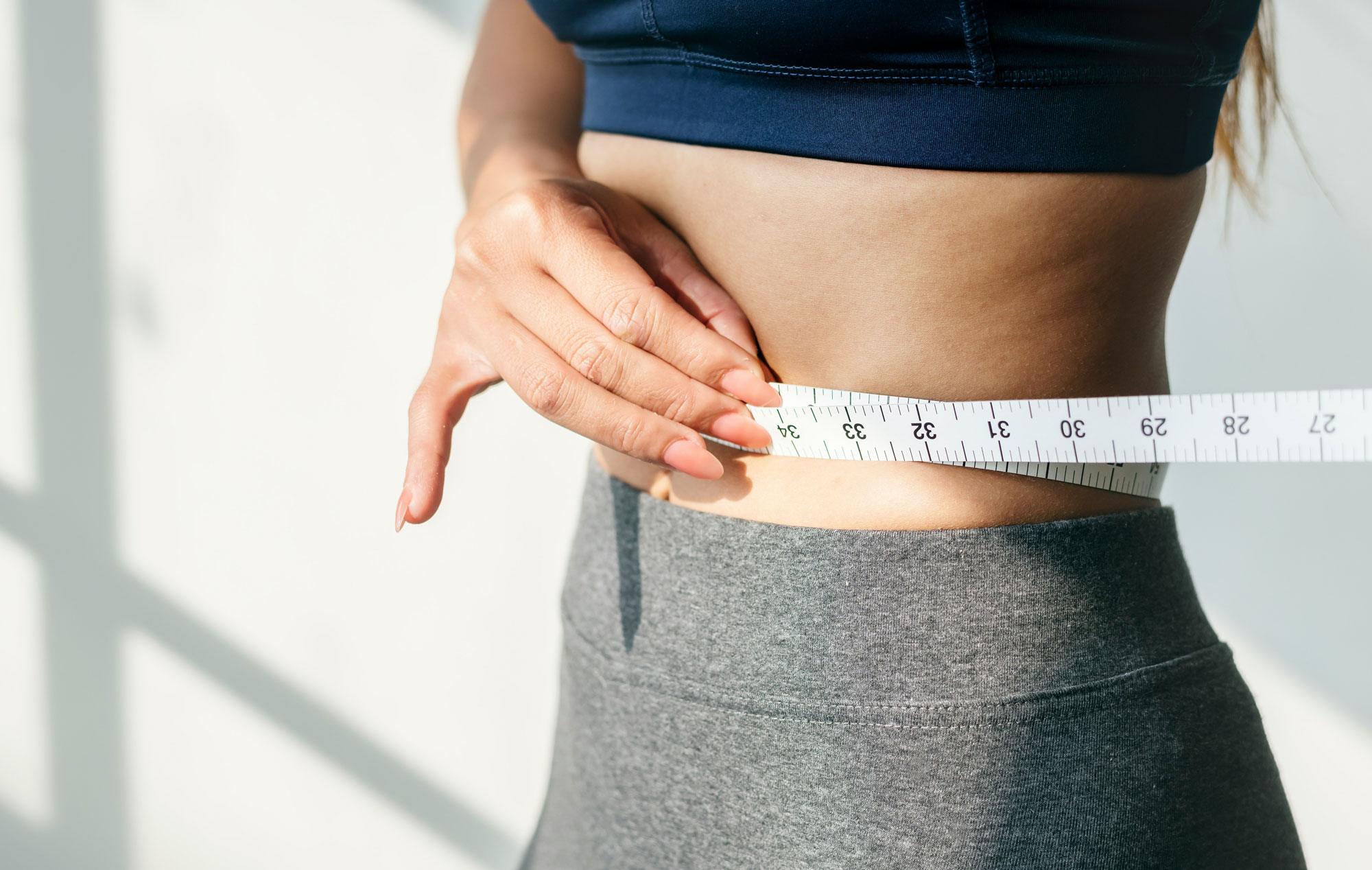Red Light Therapy Beds for Weight Loss: Benefits, Effects, and FAQs – Beyond Red Light Therapy
Red Light Therapy (RLT) is a non-invasive, non-thermal approach to treating disorders that require reducing pain and inflammation, as well as stimulating healing and tissue regeneration. Within the last decade, RLT has started to be investigated as an option for treating weight loss, cellulite reduction, and improving blood lipid profiles. The use of a Red Light Therapy Bed may also aid in autologous fat transfer procedures by enhancing the viability of adipocytes.[1] However, the underlying mechanism of action for these effects remains unclear. Therefore, more research is needed to fully understand the efficacy and proposed mechanism of action of Red Light Therapy for weight loss.
The Benefits of Using a Red Light Therapy Bed for Weight Loss
Research shows that RLT may promote the photoactivation of cytochrome c oxidase in hypertrophic adipocytes.[2] Which, in turn, affects intracellular secondary cascades. It results in the formation of transitory pores within the adipocytes’ membrane. Newly formed pores release intracellular lipids, which are further metabolized. The secondary cascades involved may include, but are not limited to, the activation of cytosolic lipase and the production of nitric oxide. Although studies to date have shown very encouraging results, further research is needed to fully elucidate the cellular and systemic effects of Red Light Therapy (RLT) and determine optimal treatment protocols.
Beyond the cellular mechanisms, red light therapy beds offer practical advantages for those pursuing weight management goals. The full-body treatment approach allows for simultaneous targeting of multiple areas, potentially enhancing overall metabolic effects compared to localized treatments. Many people report complementary benefits, including improved skin tone, reduced cellulite appearance, and enhanced circulation throughout treated areas.[3] The therapy appears to work synergistically with healthy lifestyle changes, potentially supporting the body’s natural fat metabolism processes. Additionally, the non-invasive nature of red light therapy makes it an appealing option for people seeking alternatives to more aggressive weight loss interventions. Regular sessions may also contribute to improved energy levels and recovery from exercise, which can support more active lifestyles and better adherence to fitness routines.
- Convenient treatment: Sessions can be comfortably performed while relaxing
- No downtime: Resume normal activities immediately after treatment
- Comfortable experience: Gentle warmth without pain or discomfort
- Flexible scheduling: Sessions typically last 15-20 minutes
- Cost-effective: More affordable than surgical alternatives
- Safe for regular use: Can be incorporated into ongoing wellness routines
The Research Behind RLT For Weight Loss
Non-invasive weight loss is a growing area of aesthetic medicine. Many patients may prefer less-invasive procedures because of fewer side effects and shorter recovery times. Increasingly, Red light therapy (RLT) has emerged as a new modality for non-invasive body contouring in the past decade.
Randomized subjects undergo treatment with the Red Light Therapy device or sham therapy in one double-blind study.[4] During a 2-week treatment phase, each subject received three weekly treatment sessions 2-3 days apart. During each session, the front and back of the hips, thighs, and waist were exposed to light for 15 minutes (totaling 30 minutes). Nineteen subjects in the RLT group decreased one or more stages on the Nurnberger-Muller grading scale (55.88%), compared to three subjects (8.82%) in the sham-treated group.
Two RLT-treated subjects achieved 2-stage improvements on the Nurnberger-Muller Scale at the 2-week study endpoint, and four did at the 6-week follow-up evaluation. In contrast, none of the sham-treated subjects showed improvement at either time. Subjects treated with Red light therapy (RLT) significantly decreased combined baseline thigh circumference at the 2-week study endpoint and 6-week follow-up evaluation versus no change for sham-treated. Red Light Therapy-treated subjects also showed significant decreases in mean baseline body weight, BMI, and percentage of body surface area affected by cellulite, compared to no difference for any parameter among sham-treated individuals. Most RLT-treated subjects (62.1%) were very satisfied or somewhat satisfied with the improvement in cellulite they experienced, compared to 25.8% of sham-treated subjects. There were no reports of adverse events.
The Side Effects of Red Light Therapy for Weight Loss
Red light therapy for weight loss is widely considered a safe and non-invasive approach to body contouring and fat reduction. Photobiomodulation, which utilizes specific wavelengths of near-infrared light and red light therapy devices, produces minimal side effects when used properly by trained professionals.
Most red light therapy treatments target fat cells at the skin’s surface and deeper tissues without causing damage, making it an appealing weight management option for those seeking alternatives to procedures like liposuction. One study found that low-level laser therapy (LLLT)-assisted liposuction reduced the inflammatory response and pain, thereby promoting wound healing and improving the post-liposuction recovery process.[5]
The benefits of red light therapy extend beyond fat loss to include improved collagen production, enhanced blood flow, and overall wellness benefits. RLT works through natural cellular processes, stimulating mitochondria and ATP production to support the body’s fat-burning mechanisms without significant adverse effects.
However, like any wellness treatment, red light therapy may produce mild temporary effects in some people. Occasionally, people may experience slight skin redness immediately after treatment, particularly in targeted areas where stubborn fat is being addressed.
Some individuals report minor fatigue following sessions as their bodies process released fatty acids and lipid content from treated fat cells. While red light therapy is generally safe for most people, individuals with certain health conditions should consult their healthcare provider or dermatologist before starting treatments.
As with any weight management approach, red light therapy treatments should complement a healthy lifestyle rather than replace proper diet and exercise. This disclaimer emphasizes that, while studies show promising results for fat reduction and cellulite improvement, medical advice from qualified professionals remains essential for achieving optimal and safe outcomes.
